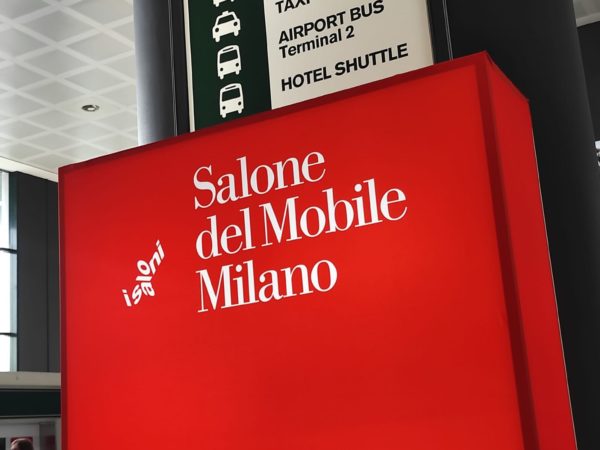Burnish / Tarnish
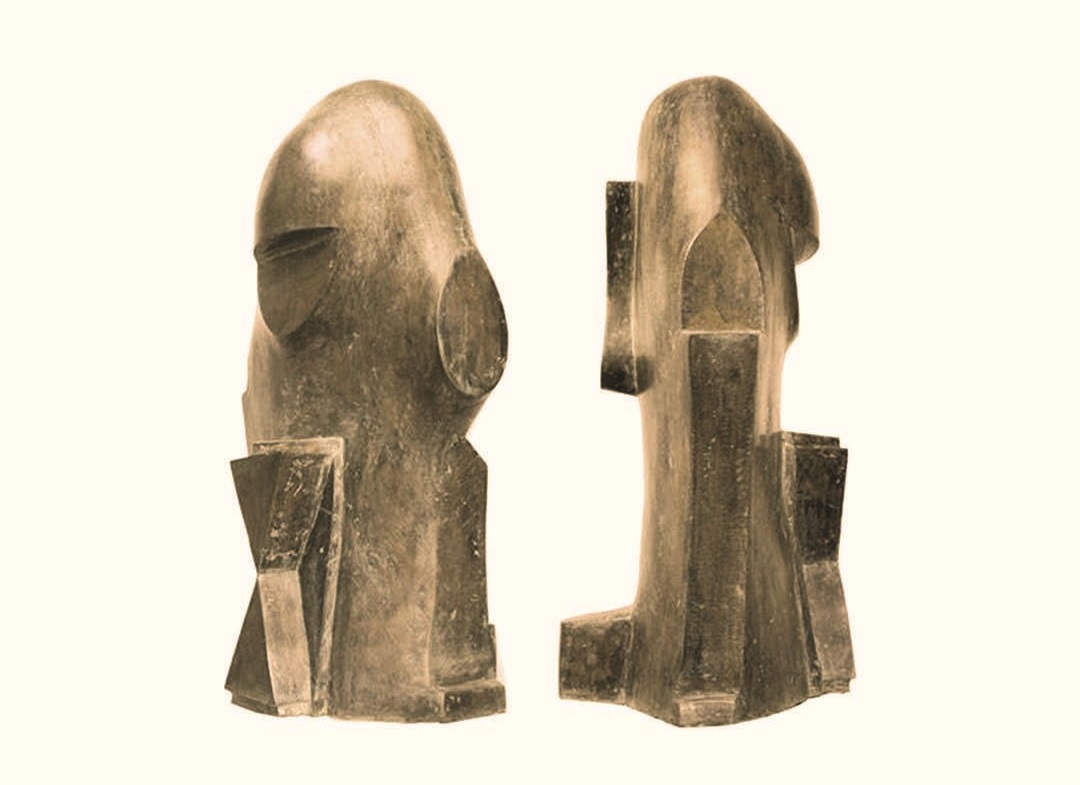
Himmat Shah, Untitled, 2004
Burnish / Tarnish, a group exhibition at Palette Art Gallery, brings together twenty-three of the best known and most original voices from India and the subcontinent. Metal is the focus of the show, which opens on September 19 and runs through October XXX. The featured artists explore metal as material and subject, using a variety of mediums including sculpture, painting, photography, video and installation. They employ the entire gamut of commonly used metallic elements and alloys, including gold, silver, copper, bronze, iron and steel.

Adeela Suleman, High Rise, 2019
The artists represented in Burnish / Tarnish are (in alphabetical order) Adeela Suleman, Anant Joshi, Atul Dodiya, Bharti Kher, Chittrovanu Mazumdar, G. R. Iranna, George K., Gigi Scaria, Himmat Shah, Jagannath Panda, Manish Nai, Manjunath Kamath, Mithu Sen, Pooja Iranna, Ranbir Kaleka, Rathin Barman, Ravinder Reddy, Riyas Komu, Saravanan Parasuraman, Subodh Gupta, Tayeba Begum Lipi, Vibha Galhotra and Zarina Hashmi.

Saravanan Parasuraman, Structure, 2017
The youngest of them, Manish Nai, Rathin Barman and Saravanan Parasuraman, all in their 30s, are steadily building a following among art lovers. The most senior, Himmat Shah and Zarina Hashmi, are octogenarians and revered masters. Two foreign artists have contributed works: Adeela Suleman from Karachi in Pakistan and Tayeba Begum Lipi, who lives and works in Dhaka, Bangladesh.
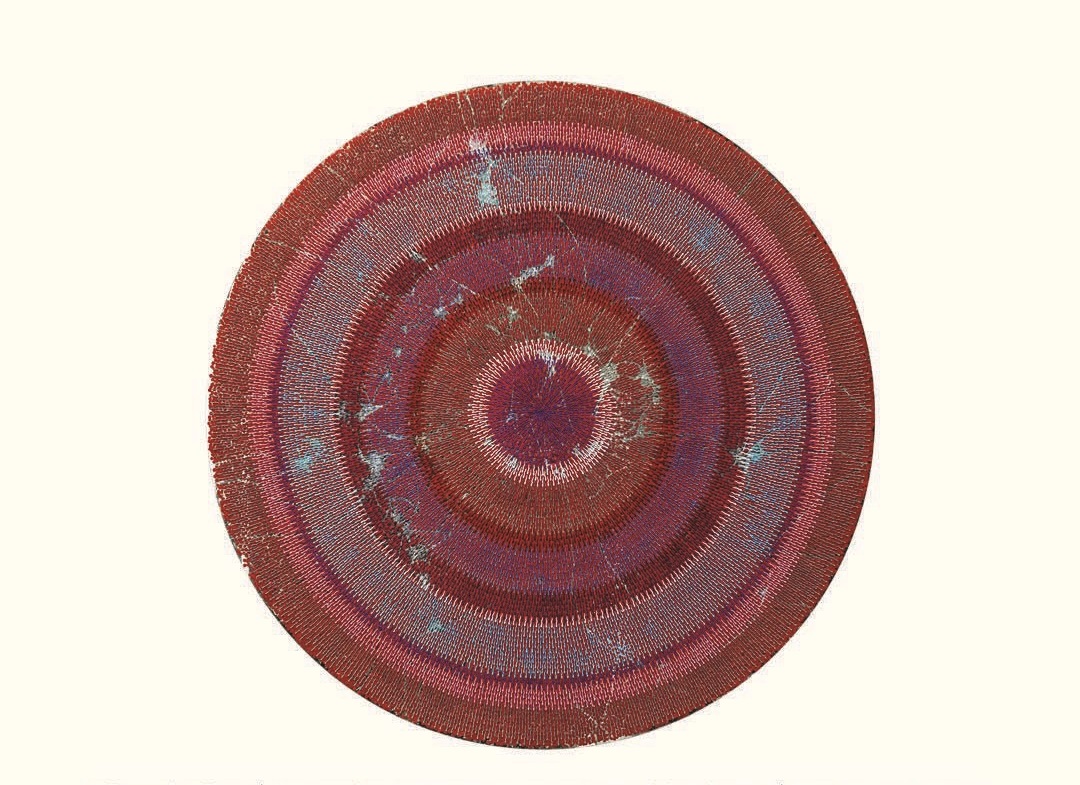
Bharti Kher, Algorithm to unlock matters of the heart, 2019
The exhibition provides a mix of signature styles and innovative departures. Among the instantly identifiable displays are Atul Dodiya’s inimitable painterly blend of politics and art history, Bharti Kher’s vivid composition of bindis, Chittrovanu Mazumdar’s large-scale, freestanding sculpture employing industrial materials, Pooja Iranna’s high-rises painstakingly created from staple pins, Ranbir Kaleka’s shimmering video projection on painted canvas, Ravinder Reddy’s gold-leaf covered woman’s head, Subodh Gupta’s evocative assemblage of vessels used to store or pour water, and Vibha Galhotra’s planet shaped from ghungroos.
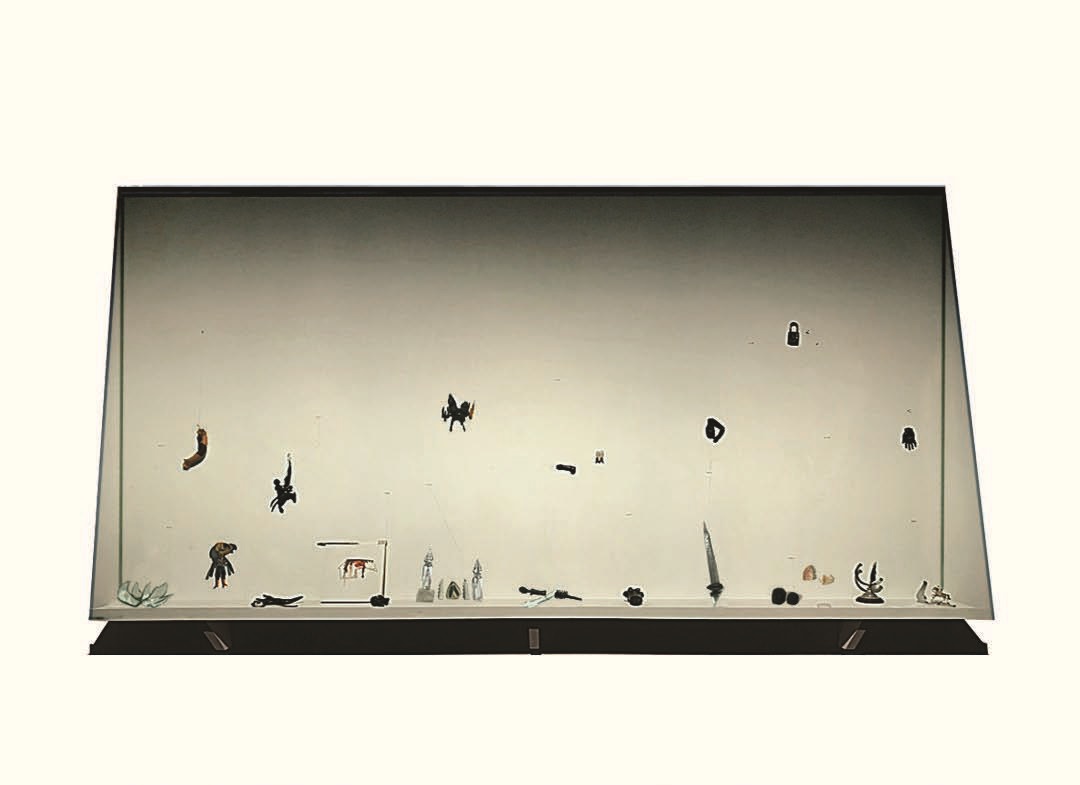
Mithu Sen, UNlynching: You never one piece, 2017
The paintings of G. R. Iranna, Jagannath Panda, and Manjunath Kamath create spaces for the contemplation of beauty, while Anant Joshi, George K., Gigi Scaria, Mithu Sen, and Riyas Komu comment on India’s society, history and politics, their statements ranging from wry to hard hitting.
Burnish / Tarnish is an impressive collection of mature artists working at the top of their game, and underlines the strength and depth of Indian contemporary art.
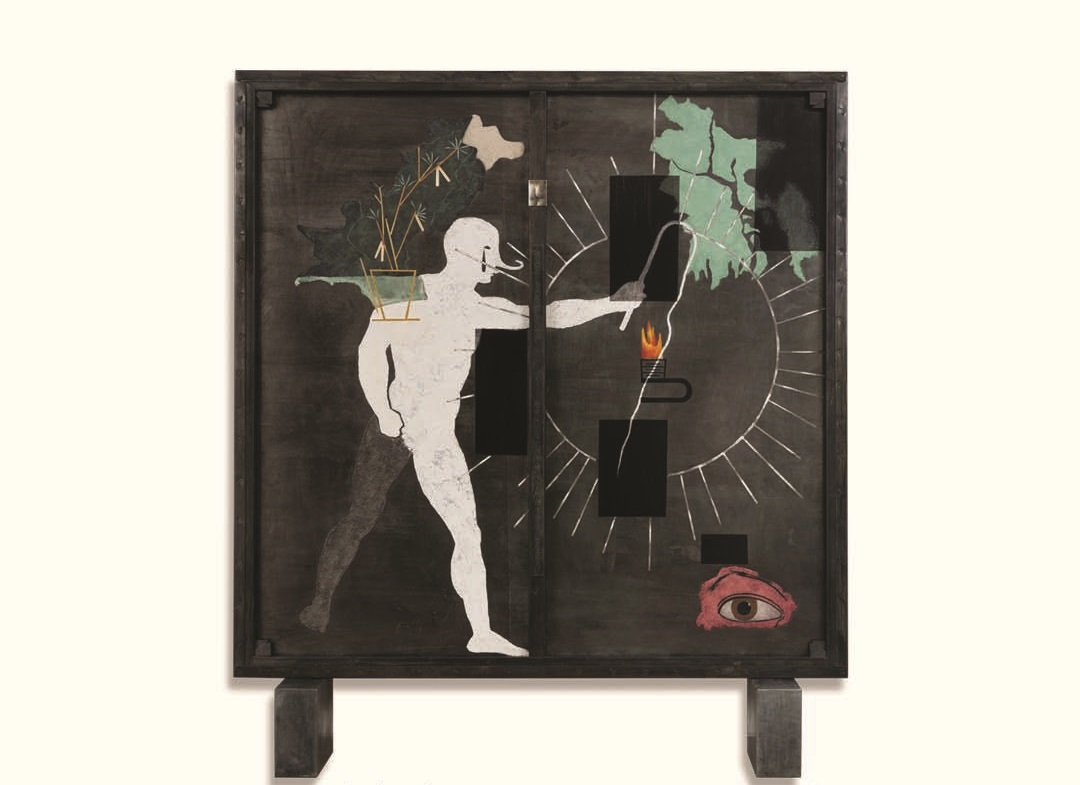
Atul Dodiya, Self Portrait between Pakistan and Bangladesh, 2008-20
Three of the highlights of Burnish / Tarnish have been created specially for the exhibition by Atul Dodiya, Pooja Iranna, and Manjunath Kamath respectively. Dodiya, at the age of sixty, has joined the pantheon of India’s modern masters through his virtuosity, prolific output and endless inventiveness. His contribution to Burnish / Tarnish combines personal and political history in its very title, Self Portrait between Pakistan and Bangladesh. The white figure dominating the composition is painted onto deliberately rusted mild steel. The artist has used a number of materials like cement and epoxy putty that are more associated with construction and hardware than art. The tragicomic drama of the subcontinent’s history is heightened by references to George Orwell, Donald Trump and the artist Francis Picabia.
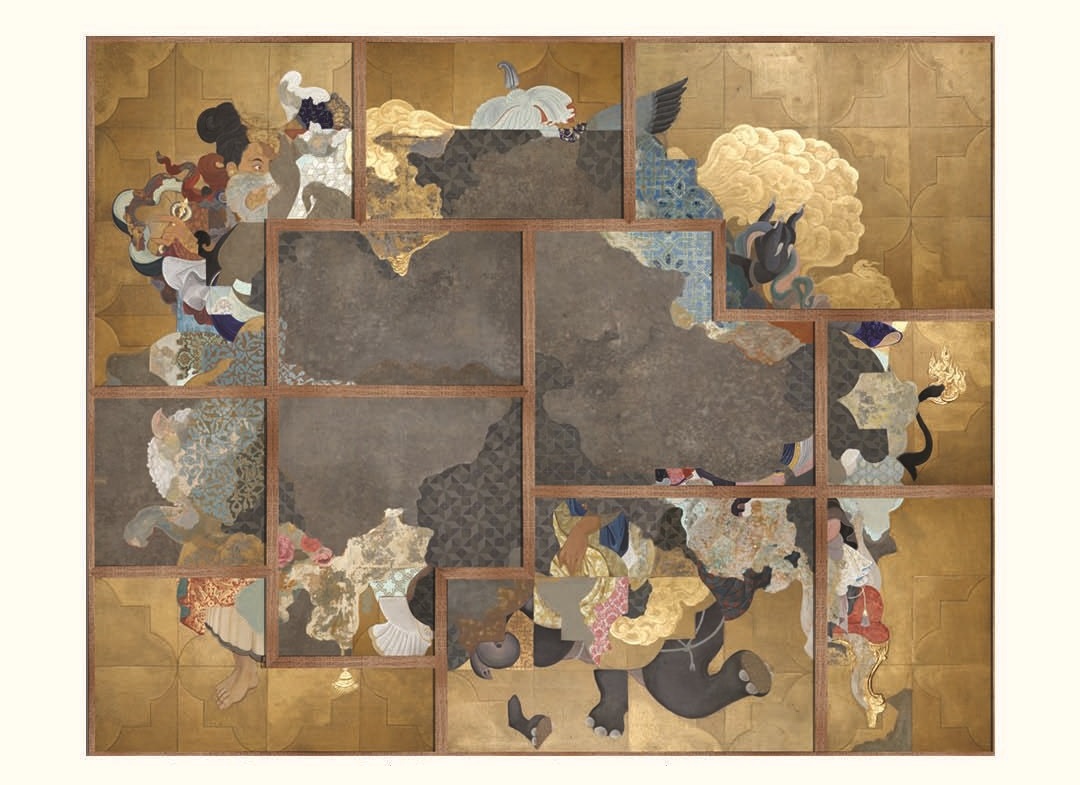
Manjunath Kamath, This occurs here too, 2019
Manjunath Kamath also uses art historical references, but from traditional pictorial forms such as Mughal and Rajput miniatures, European renaissance paintings, and Tibetan Thangkas. For Burnish / Tarnish he has created one of his characteristically lavish visual puzzles. The painting’s golden surface and play of textures draws in viewers, while the incompleteness of the composition keeps them guessing. The passage of time damages works of art and creates gaps in our understanding. Kamath recreates that process deliberately in order to investigate the very nature of interpretation.

Pooja Iranna, Dissolving Colonnade, 2019
Pooja Iranna’s sculpture made from tiny zinc-plated steel staples complements Dodiya’s rusted ground and Kamath’s luminous canvas. Iranna has created a row of miniature skyscrapers by laboriously sticking staples together. She has worked in this form for a decade, interrogating contemporary urban development by modelling modernist architectural forms. The absence of figures in the habitations and the relentlessness of their straight lines serve as a criticism of modernism’s resolute functionalism, it’s lack of a human touch. At the same time, the works attractive symmetry signals why such buildings have become ubiquitous around the globe. In miniaturising high rises, Iranna endows them with a fragility and emotive appeal they usually lack in their metropolitan context.




